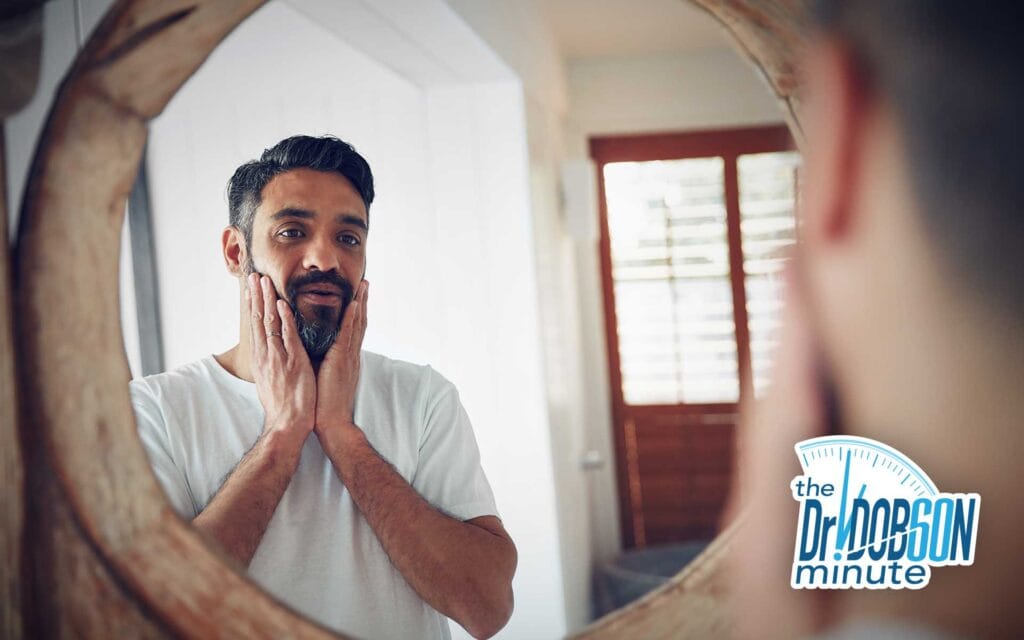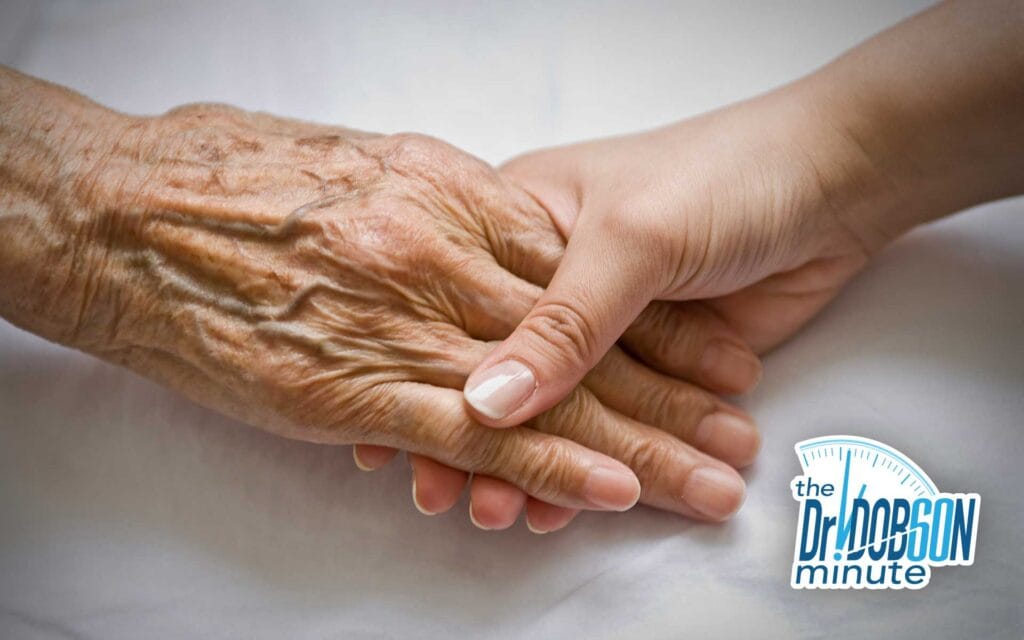What are the mysterious ingredients that almost all good marriages have in common? What accounts for the marvelous blending of personalities when two separate and distinct individuals establish a young family and then live together in love and in harmony for the next fifty or sixty years? Is anything of significance know about these long-term marriages that will help others achieve stability in a world of impermanence?
Fortunately, Dr. Desmond Morris has provided an intelligent answer to those questions in his book Intimate Behavior. It was brought to my attention by Dr. Donald Joy, who interpreted the findings for our radio listeners. Dr. Joy said research now verifies that the healthiest marriage are those where a proper “bonding” has occurred between a husband and wife. Bonding refers to the emotional covenant that links a man and woman together for life and makes them intensely valuable to one another. It is the specialness that sets those two lovers apart from every other person on the face of the earth. It is God’s gift of companionship to those who have experienced it.
But how does this bonding occur and why is it missing in so many relationships? According to Drs. Joy and Morris, bonding is most likely to develop among those who have moved systematically and slowly through twelve steps during their courtship and early marriage. These stages, described below1, represent a progression of physical intimacy from which a permanent commitment often evolves.
1. Eye to body. A glance reveals much about a person—sex, size, shape, age, personality and status. The importance people place on these criteria determines whether or not they will be attracted to each other.
2. Eye to eye. When the man and woman who are strangers to each other exchange glances, their most natural reaction is to look away, usually with embarrassment. If their eyes meet again, they may smile, which signals that they might like to become better acquainted.
3. Voice to Voice. Their initial conversations are trivial, and include questions like “What is your name?” or “What do you do for a living?” During this long stage the two people learn much about each other’s opinions, pastimes, activities, habits, hobbies, likes and dislikes. If they’re compatible, they become friends.
4. Hand to hand. The first instance of physical contact between the couple is usually on nonromantic occasions such as when the man helps the woman descend a high step or aids her across an obstacle. At this point either of the individuals can withdraw from the relationship without rejecting the other. However, if continued, hand-to-hand contact will eventually become an evidence of the couple’s romantic attachment to each other.
5. Hand to shoulder. This affectionate embrace is still noncommittal. It is a “buddy” type position in which the man and woman are side by side. They are more concerned with the world in front of them than they are with each other. The hand-to-shoulder contact reveals a relationship that is more than a close friendship, but probably not real love.
6. Hand to waist. Because this is something two people of the same sex would not ordinarily do, it is clearly romantic. They are close enough to be sharing secrets or intimate language with each other. Yet, as they walk side by side with hand to waist, they are still facing forward.
7. Face to face. This level of contact involves gazing into one another’s eyes, hugging and kissing. If none of the previous steps were skipped, the man and woman will have developed a special code from experience that enables them to engage in deep communication with very few words. At this point sexual desire becomes an important factor in the relationship.
8. Hand to head. This is an extension of the previous stage. The man and woman tend to cradle or stroke each other’s head while kissing or talking. Rarely do individuals in our culture touch the head of another person unless they are either romantically involved or unless they are family members. It is a designation of emotional closeness.
9-12. The final steps. The last four levels of involvement are distinctly sexual and private. They are (9) hand to body, (10) mouth to breast, (11) touching below the waist, and (12) intercourse. Obviously, the final acts of physical contact should be reserved for the marital relationship, since they are progressively sexual and intensely personal.
What Joy and Morris are saying is that intimacy must proceed slowly if a male-female relationship is to achieve its full potential. When two people love each other deeply and are committed for life, they have usually developed a great volume of understandings between them that would be considered insignificant to anyone else. They share countless private memories unknown to the rest of the world. That is, in large measure, where their sense of specialness to one another originates. Furthermore, the critical factor is that they have taken these steps in sequence. When later stages are reached prematurely, such as when couples kiss passionately on the first date or have sexual intercourse before marriage, something precious is lost from the relationship. Instead, their courtship should be nurtured through leisurely walks and talks and “lovers’ secrets” that lay the foundation for mutual intimacy. Now we can see how the present environment of sexual permissiveness and just serves to weaken the institution of marriage and undermine the stability of the family.1
1. Intimate Behavior by Desmond Morris, chap. 3, “Sexual Intimacy” (New York: Random House, 1971), esp. pp. 73-78. Used by permission.
From Dr. Dobson’s book Love Must Be Tough.










